#south indian culture
Text
Why South India is different from North India?
South India and North India are different from each other in terms of their geography, culture, history, and language. Here are some of the main differences between the two regions:
Geography: South India is characterized by its tropical climate, lush greenery, and numerous rivers and backwaters, while North India is characterized by its arid climate, rugged terrain, and the Himalayas in the north.
Culture: South India has a distinct culture that is influenced by the Dravidian heritage, which is reflected in its art, music, dance, and literature. In contrast, North India has a culture that is more influenced by the Indo-Aryan heritage, which is reflected in its music, dance, and literature.
History: South India has a long and rich history dating back to ancient times. The region was home to many powerful dynasties, such as the Cholas, Cheras, and Pallavas, who left behind a rich legacy of art and architecture. In contrast, North India was home to many powerful empires, such as the Mauryas, Guptas, and Mughals, who left behind a rich legacy of art, architecture, and literature. indian dating app - vinita
Language: South India has its own set of languages, including Tamil, Telugu, Kannada, and Malayalam, while North India has Hindi as its main language, along with many other regional languages like Punjabi, Bengali, and Gujarati.
Cuisine: South Indian cuisine is characterized by its spicy and tangy flavors, with rice and lentils forming the staple diet, while North Indian cuisine is characterized by its rich and creamy gravies, with bread and meat forming the staple diet.
Overall, South India and North India are two distinct regions with their own unique characteristics, and the differences between the two regions make India a diverse and fascinating country.
3 notes
·
View notes
Text

Kaapi
#filter coffee#south indian culture#kaapi#mud pot#sindhu mn art#art study#procreate#colour study#form study#drawing of the day
1 note
·
View note
Text
ભૂતાકોલા | about bhootakola
#interesting#writer#articlewriting#creative writing#mythology#historical#south indian culture#bhootakola
1 note
·
View note
Text
The Kerala Tourism
Kerala, is one of the best place in India to travel and it is also considered as the paradise of beaches. The Kerala Tourism has always encouraged tourists because of the culture, people and the society. Kerala has always been a place where most of the cultural people stay and are very sweet. There are a lot of people who travel Kerala every year with different travel reasons. The Kerala Tourism website has always helped the tourists with all the information available on the official Kerala tourism website, so that the tourists can get all the updated information.
There are a lot of tourists travelling for Kerala but most of them are for the honeymoon tourists, as The Kerala Tourism has promoted honeymoon from last few years. Many of the couples from not only form India but also from different parts of the world. There are not only honeymoon couples but also the solo travelers and family travelers have also exceeded from so many years as Kerala government has also helped and encouraged tourism and also have helped the tourism & hospitality industry to boom.
There are many places in Kerala where tourists are mostly attracted such as Kovalam Beach, Back waters, Thiruvananthapuram Zoo etc., which are some of the famous places to visit. The sunset point from Kanyakumari (Tamil Nadu) also a near point where tourists can travel from Kerala, as this is the last point of the India and where three sea’s meet and moreover there are a lot of tourists from abroad who visit here everyday only to view the sunset point.
Moving further people residing here are considered to be more religious, cultural and following the early norms of the society, which connects them to their cultural roots. Every family living here follow and believe in their respective god and follow all the rituals, may it be the classical dance Kathakali or may it be Koothu the light hearted comedy just like the day to day stand up comedy.
Food is one of the important factor for most of the tourists as well as for the regional people. Although, they have their regional food but, still the people prefer to eat the sea food as the Kerala is a costal area. Basically, The Kerala Tourism has also promoted the regional food which is being mostly eaten are Puttu which is a steamed cake of rice with coconut layer, Idly with Sambar, Dosa, Prawn curry etc. So, finally want to conclude that Kerala government has encouraged the tourism for the tourists and helped to increase the economy for the state.
0 notes
Text
In addition to my Monkey Man post from earlier, the always kind & sweet Aparna Verma (author of The Phoenix King, check it out) asked that I do a thread on Hijras, & more of the history around them, South Asia, mythology (because that's my thing), & the positive inclusion of them in Monkey Man which I brought up in my gushing review.
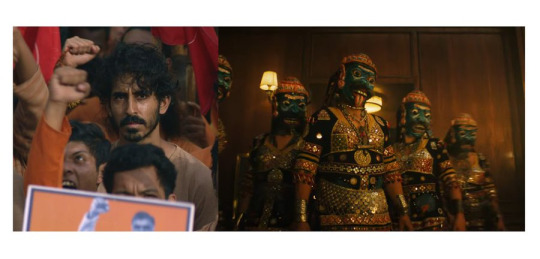
Hijra: They are the transgender, eunuch, or intersex people in India who are officially recognized as the third sex throughout most countries in the Indian subcontinent. The trans community and history in India goes back a long way as being documented and officially recognized - far back as 12th century under the Delhi Sultanate in government records, and further back in our stories in Hinduism. The word itself is a Hindi word that's been roughly translated into English as "eunuch" commonly but it's not exactly accurate.
Hijras have been considered the third sex back in our ancient stories, and by 2014 got official recognition to identify as the third gender (neither male or female) legally. Pakistan, Nepal, Bangladesh, and India have accepted: eunuch, trans, intersex people & granted them the proper identification options on passports and other government official documents.
But let's get into some of the history surrounding the Hijra community (which for the longest time has been nomadic, and a part of India's long, rich, and sometimes, sadly, troubled history of nomadic tribes/people who have suffered a lot over the ages. Hijras and intersex people are mentioned as far back as in the Kama Sutra, as well as in the early writings of Manu Smriti in the 1st century CE (Common Era), specifically said that a third sex can exist if possessing equal male and female seed.
This concept of balancing male/female energies, seed, and halves is seen in two places in South Asian mythos/culture and connected to the Hijra history.
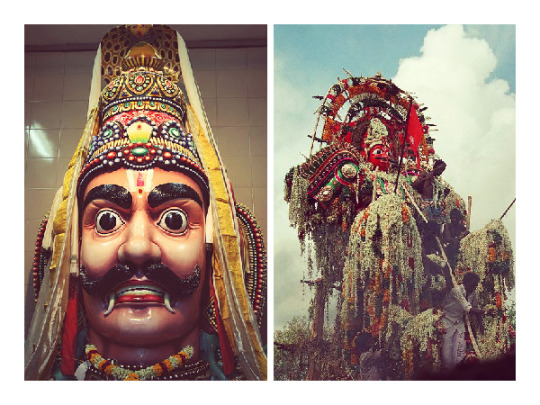
First, we have Aravan/Iravan (romanized) - who is also the patron deity of the transgender community. He is most commonly seen as a minor/village deity and is depicted in the Indian epic Mahabharata. Aravan is portrayed as having a heroic in the story and his self-sacrifice to the goddess Kali earns him a boon.

He requests to be married before his death. But because he is doomed to die so shortly after marriage, no one wants to marry him.
No one except Krishna, who adopts his female form Mohini (one of the legendary temptresses in mythology I've written about before) and marries him. It is through this union of male, and male presenting as female in the female form of Mohini that the seed of the Hijras is said to begun, and why the transgender community often worships Aravan and, another name for the community is Aravani - of/from Aravan.
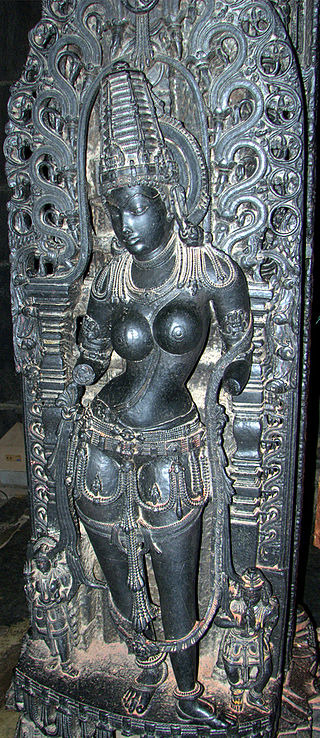
But that's not the only place where a gender non conforming divine representation can be seen. Ardhanarishvara is the half female form of lord Shiva, the destroyer god.
Shiva combines with his consort Parvarti and creates a form that represents the balancing/union between male/female energies and physically as a perfectly split down the middle half-male half-female being. This duality in nature has long been part of South Asian culture, spiritual and philosophical beliefs, and it must be noted the sexuality/gender has often been displayed as fluid in South Asian epics and the stories. It's nothing new.

Many celestial or cosmic level beings have expressed this, and defied modern western limiting beliefs on the ideas of these themes/possibilities/forms of existence.
Ardhanarishvara signifies "totality that lies beyond duality", "bi-unity of male and female in God" and "the bisexuality and therefore the non-duality" of the Supreme Being.
Back to the Hijra community.
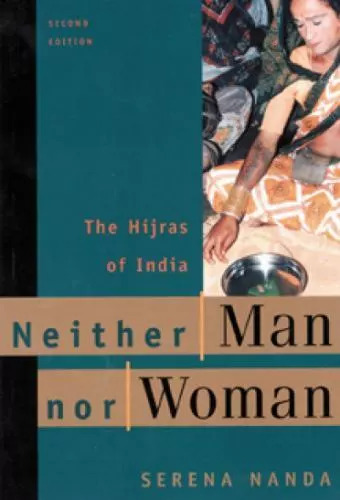
They have a complex and long history. Throughout time, and as commented on in the movie, Monkey Man, the Hijra community has faced ostracization, but also been incorporated into mainstream society there. During the time of the Dehli Sultanate and then later the Mughal Empire, Hijras actually served in the military and as military commanders in some records, they were also servants for wealthy households, manual laborers, political guardians, and it was seen as wise to put women under the protection of Hijras -- they often specifically served as the bodyguards and overseers of harems. A princess might be appointed a Hijra warrior to guard her.

But by the time of British colonialism, anti-Hijra laws began to come in place folded into laws against the many nomadic tribes of India (also shown in part in Monkey Man with Kid (portrayed by Dev Patel) and his family, who are possibly
one of those nomadic tribes that participated in early theater - sadly by caste often treated horribly and relegated to only the performing arts to make money (this is a guess based on the village play they were performing as no other details were given about his family).
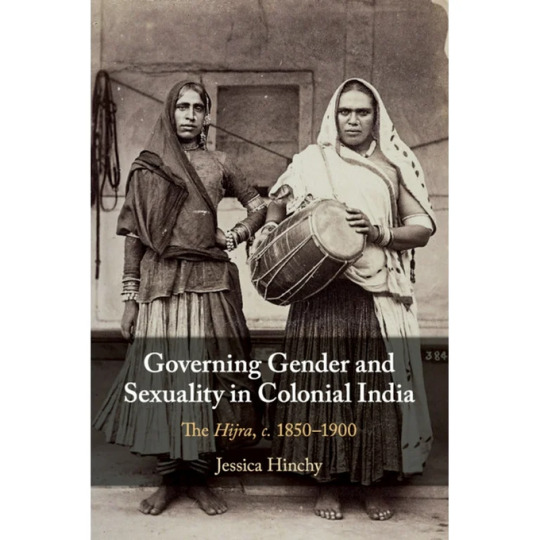
Hijras were criminalized in 1861 by the Indian Penal Code enforced by the British and were labeled specifically as "The Hijra Problem" -- leading to an anti-Hijra campaign across the subcontinent with following laws being enacted: punishing the practices of the Hijra community, and outlawing castration (something many Hijra did to themselves). Though, it should be noted many of the laws were rarely enforced by local Indian officials/officers. But, the British made a point to further the laws against them by later adding the Criminal Tribes Act in 1871, which targeted the Hijra community along with the other nomadic Indian tribes - it subjected them to registration, tracking/monitoring, stripping them of children, and their ability to sequester themselves in their nomadic lifestyle away from the British Colonial Rule.
Today, things have changed and Hijras are being seen once again in a more positive light (though not always and this is something Monkey Man balances by what's happened to the community in a few scenes, and the heroic return/scene with Dev and his warriors). All-hijra communities exist and sort of mirror the western concept of "found families" where they are safe haven/welcoming place trans folks and those identifying as intersex.
These communities also have their own secret language known as Hijra Farsi, which is loosely based on Hindi, but consists of a unique vocabulary of at least 1,000 words.
As noted above, in 2014, the trans community received more legal rights.
Specifically: In April 2014, Justice K. S. Radhakrishnan declared transgender to be the third gender in Indian law in National Legal Services Authority v. Union of India.
Hijras, Eunuchs, apart from binary gender, be treated as "third gender" for the purpose of safeguarding their rights under Part III of our Constitution and the laws made by the Parliament and the State Legislature. Transgender persons' right to decide their self-identified gender is also upheld and the Centre and State Governments are directed to grant legal recognition of their gender identity such as male, female or as third gender.
I've included some screenshots of (some, not all, and certainly not the only/definitive reads) books people can check out about SOME of the history. Not all again. This goes back ages and even our celestial beings/creatures have/do display gender non conforming ways.
There are also films that touch on Hijra history and life. But in regards to Monkey Man, which is what started this thread particularly and being asked to comment - it is a film that positively portrayed India's third sex and normalized it in its depiction. Kid the protagonist encounters a found family of Hijras at one point in the story (no spoilers for plot) and his interactions/acceptance, living with them is just normal. There's no explaining, justifying, anything to/for the audience. It simply is. And, it's a beautiful arc of the story of Kid finding himself in their care/company.
#hijra#trans representation#monkey man#dev patel#transgender#trans rights#trans rights are human rights#third sex#indian history#indian culture#colonialism#imperialism#south Asian mythos#South Asian myths#Aravan#Iravan#Mahabharata#hindu mythology#hindu gods#kali goddess#krishna#hindu mythology art#Ardhanarishvara#Shiva#Parvarti#sexuality#gender fluid#fluid sexuality#trans community#transgender rights
429 notes
·
View notes
Text


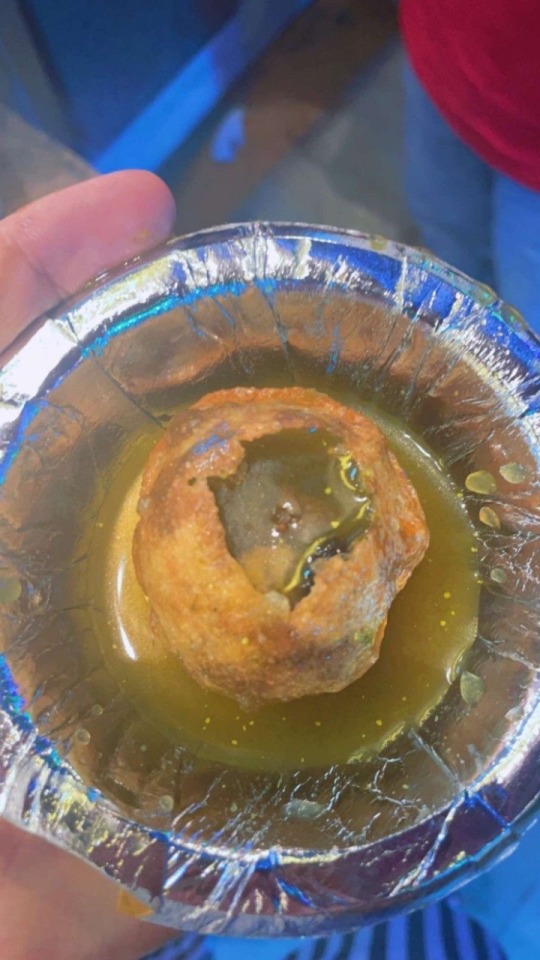

never will there ever be a moment where i refuse to consume pani puri.
#desi culture#desi#desi tag#desiblr#gujarat#south asia#south asian aesthetic#desi academia#desi tumblr#desicore#indianfood#indianstyle#bollywood#hindi#india#indian movies#yeh jawaani hai deewani#love#self love#brown culture
1K notes
·
View notes
Text

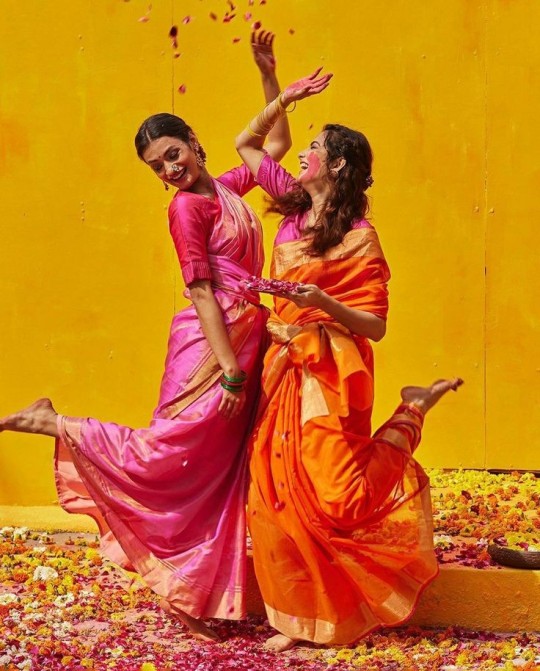
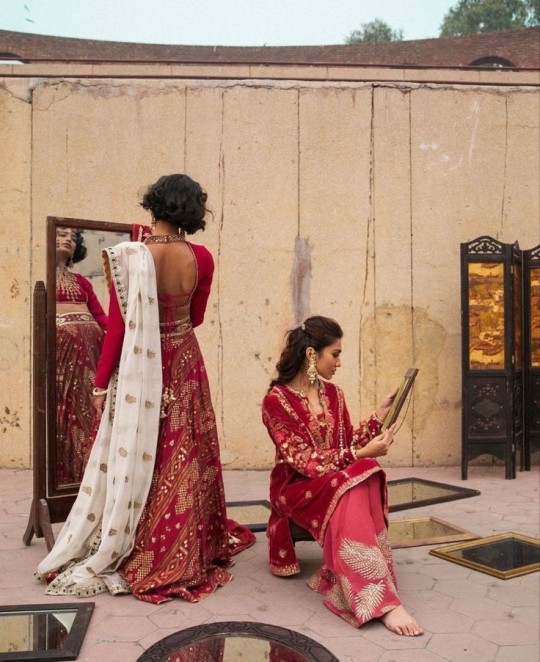
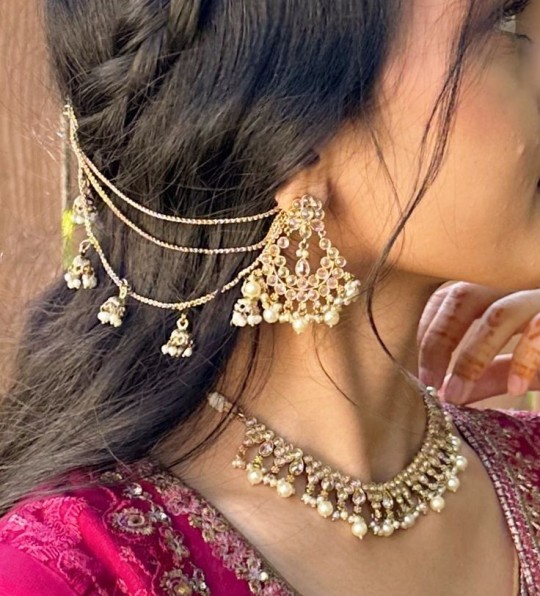




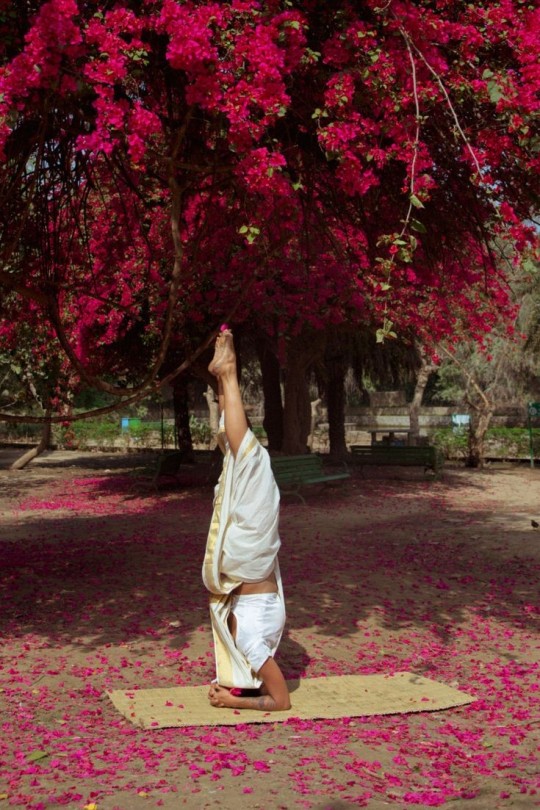
Lakshmi & Parvati core
In my eyes, Lakshmi is this soft, compassionate and lively girl who loves flowers, jewellery and the ocean and Parvati is a wild, carefree and fierce spirit who loves animals, the hills and rains.
Parvati and Lakshmi often go out together and on double date picnics with their husbands. All of them are besties. Parvati braids Shiva's hair as Lakshmi puts makeup and shringaar on her beloved Vishnu.
"Whenever you and your husband dance, it's the tandav of destruction. Whenever me and my husband dance, it's raas ~ the dance of pleasure. And the universe celebrates!" Lakshmi teased
Parvati pouted, "Let me show you REAL tandav and raas. Come HEREE" and chased Lakshmi all around the forest, giggling and catching her then swirling her around in her arms.
Shiva deep in meditation, sneakily opened an eye and whispered "What are they doing?"
"Ahh, nothing. Just enjoy the show! Want some?" Vishnu passed over some popcorn to him, "Oh, look! They're dancing now."
A playful innocence danced in Shiva's eyes "I also want to.." as he suddenly leapt up and started playing his damru, jogging towards them.
Vishnu ran after him, joining them as they all danced together and laughed.
#desi aesthetic#desiblr#desi#desi tag#desi culture#desi stuff#desi academia#desi dark academia#desi girl#just desi things#desi moodboard aesthetic#desi moodboard#hindublr#lakshmi#parvati#indian aesthetic#indian culture#south asian aesthetic#south asian#aesthetic moodboard#indian aesthetic moodboard#bhakti#desi life#desi girls#desi thoughts#hindu mythology#shiva#vishnu#mahadev#fiction
601 notes
·
View notes
Text
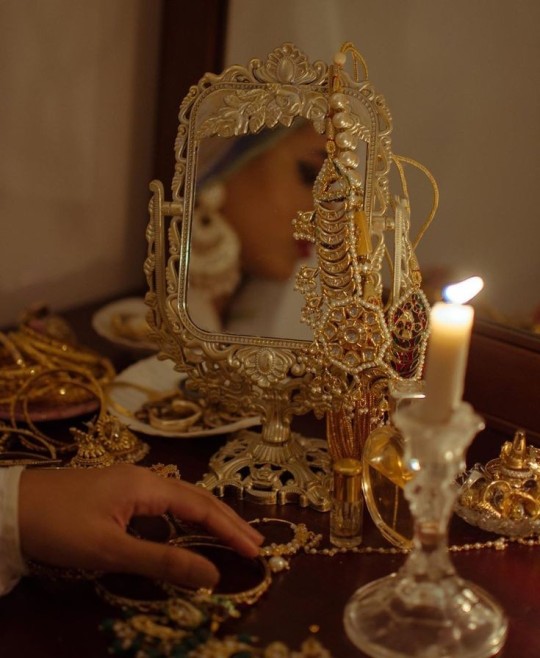


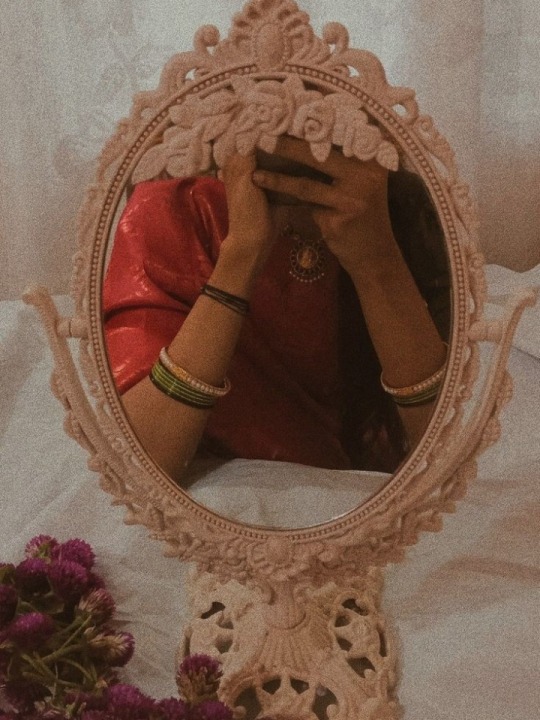


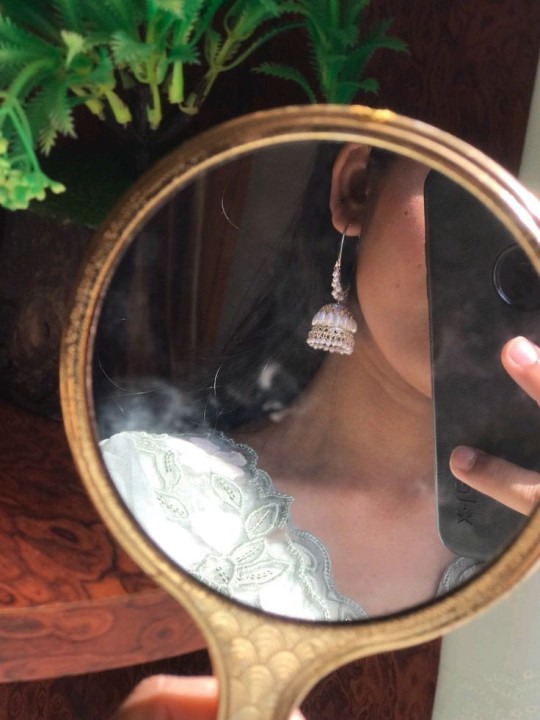
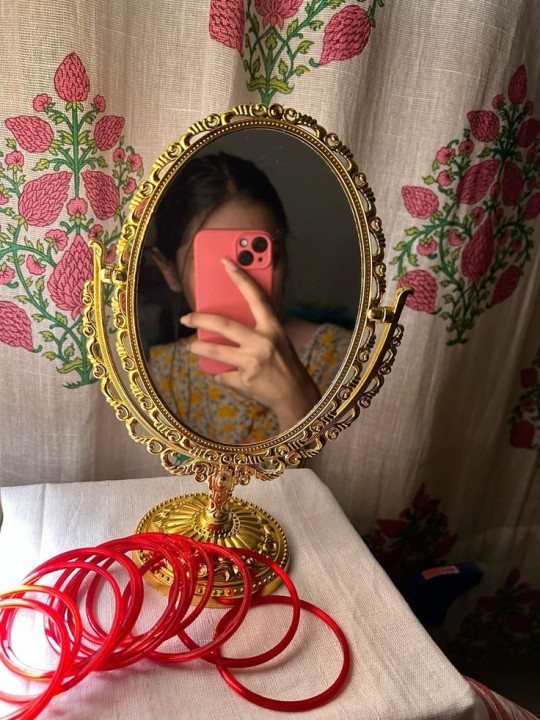

आईना भला कब किसी को सच बता पाया है
जब भी देखो दायां तो ��ायां नज़र आया है
- अज्ञात
#desi moodboard#ek esa mirror to main bhi deserve krti hun#desi tumblr#desiblr#desi aesthetic#desi girl#desi core#desi things#just desi things#indian aesthetic#indian tumblr#desi humor#desi tag#desi#indian#mirror#girlblogging#desi side of tumblr#desi shit posting#desi stuff#desi culture#being desi#desi household#south asian
170 notes
·
View notes
Text
A kind reminder that in Mumbai there's a restaurant where reserved tables don't hold up a sign that reads "reserved" but rather a sign that reads "promised" and I think that's beautiful.
#most restaurants hold up “reserved” in Mumbai - this one's just “not like the other girls” :)#it's the little things#mumbai#india#hindi#desi#south asia#south asian#restaurant#niche things#culture#indian#bombay#desiblr#desi stuff#desi tumblr#desi things#desi love#desi tag#tfw#brown things#brown culture#brown girl
594 notes
·
View notes
Text


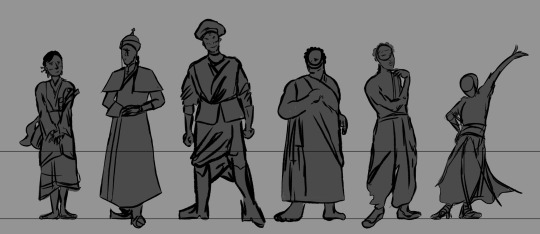
Jade Winglet (minus Umber and Carnelian 😢) designs and another Winter/Turtle doodle
#GOD tf2 following I am seriously sincerely sorry with all my heart I apologise for being a deadbeat#dragon autism…. it’s as it was spoken in the prophecy…….. it came back to bite my ass#oh btw here are the cultures they’re vaguely based off#moon - Japanese#winter - Mongolian/northeast Chinese#peril - Scottish#Turtle - Polynesian/Maori#Qibli - South Indian/Middle Eastern#Kinkajou - Indonesian#I needed some uhhh inspirations before actually designing them so where better than actual. yknow. cultures#wings of fire#WoF#WoF art#IceWing#seawing#wof au#wings of fire au#wings of fire art#wings of fire fanart#wof fanart#art#artwork#Quotidianish
215 notes
·
View notes
Text

Symmetra by mariomanzanares
207 notes
·
View notes
Text
#LongPost: A Few Hyper-Specific Things About India for India-Based Stories and Art
No this isn't a cry for more Indian-rep in Spider-Verse stories. (It is.)
Anyway. I recently went to India, and after returning to my hometown in Tamil Nadu, I reintegrated a whole slew of memories and collated new facts.. And considering I've been wanting to do one of these for quite some time (and because I need a new variety of Pavitr Prabhakar content), I thought it'd be cool if I shared some of my experiences and ideas with you.
It's best to take this with caution, though: the only places I've been to are Tiruchirappalli, Madurai, and a few towns located close to the Eastern Ghats, so my knowledge is heavily South India-based. I know for a fact that there are various similarities and differences between other geo-cultural areas of India, which is I why I've linked the other cool India Resources here as well.
In Which I Ramble About Pavitr's Character Design and the Indian Cultural Stuff Related to It by @chaos-and-sparkles (+ my addition + @neptune432's addition)
A culture post for the girlie pops (and non-girlie pops) looking to write Pavitr Prabhakar accurately by @summer-blues-stuff (+ my addition + @fandomsfeminismandme addition)
Also a timely reminder of @writingwithcolor's wonderful resources on writing about South Asian characters respectfully and sincerely
Now, for the things I've noticed in South India..
ANIMALS
There are a lot of street dogs. Like... a lot of them. And honestly it's so hard not to go up to one and give them a snack or two. The most notable dog breed is the Indian pariah and they can be found all over India. Mixed dog breeds are also common and results in a variety of features like differences in build and coat colours.


There are also other types of animals are pretty common to see alongside the roads.
Cattle are seen a lot (cows and bulls are easy to distinguish; cows (left) have udders and a small hump on their back, while bulls (right) are generally stockier and have a super-defined hump on their back). I'm pretty sure the specific cow breed is the sahiwal cow. They are either herded into paddocks for grazing or can be found wandering city streets on their own.

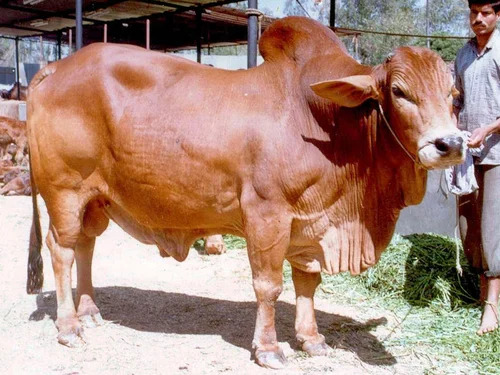
Goats are often herded by farmers into large masses of wool and horns and are guided to paddocks to graze. Sometimes, like cattle, they'll be found wandering city streets on their own.
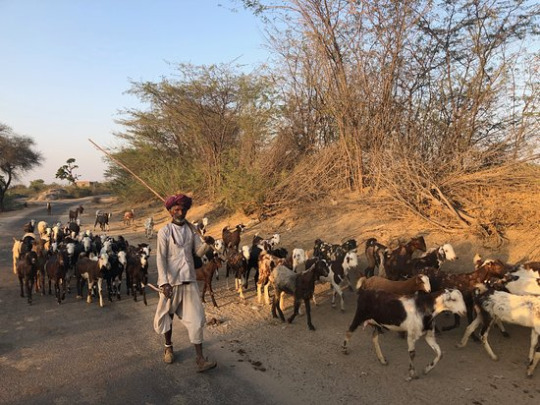
Chickens are usually kept close to stalls and homes. These chickens are not plump and fluffy like most Western chickens, but are quite skinny. Mottled feather colours are usually a result of mixed chicken breeds. In Tamil Nadu, the most common chicken breed is the asil chicken.
Various birds are often seen flying around traffic if they’re not disappearing into the sky, the most common being crows, pigeons and mynahs. (The chart below on the right is not an inexhaustive list of birds; you best search them up yourself.)
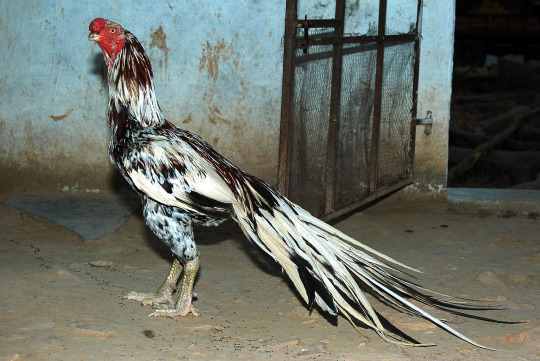

TRANSPORT
There is obviously a huge amount of trucks and lorries and buses. They all have beautiful designs or crazy LEDs or large detailed fluorescent / iridescent stickers that are impossible to ignore, whether it be at high noon or midnight.

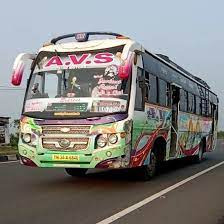
Expanding on that, the most common method of transport are motorcyclse or scooties, cars, and autos.
Also, as expected: traffic is insane. It’s horrible. It’s exhilarating. Western honking is akin to swearing, but here? Honk whenever you want. Honk if you’re happy or if you’re sad. You get a million dollars if you honk. You need to honk. It’s more important than breathing
Similarly, road rules don’t exist. Well, they do, and the Indian government does everything it can to make sure people do follow the rules, but based on the aforementioned honking, most people don't. Everyone just drives. Most bikers and motorcyclists don’t wear helmets. Only a few people wear seatbelts. Cars and motorcycles drive on the wrong side of the road and right into oncoming traffic. The chance of someone dying is 99% but it’s countered by desi stubbornness.

ENVIRONMENT & INFRASTRUCTURE
Houses and buildings are painted different colours!!! Pastel pinks and purples and deep teal hues, either plain colours or decorated with elaborate murals. This also applies to interiors. I reckon it was surprising to a lot of people when they were confronted with Mumbattan's vibrant colours, but honestly: coloured buildings slap, and it's based on the real thing. They are a sight to behold. Couple that with the architecture and oh boy- you've got such a beautiful environment.






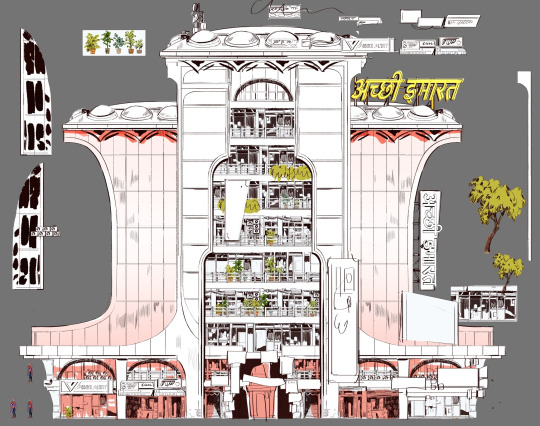
From @jettpack's concept art for Mumbattan buildings

jettpack's concept art of the Mumbattan collider
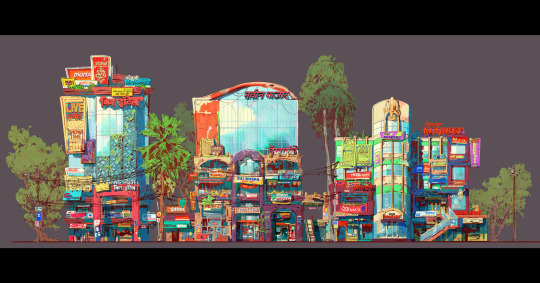
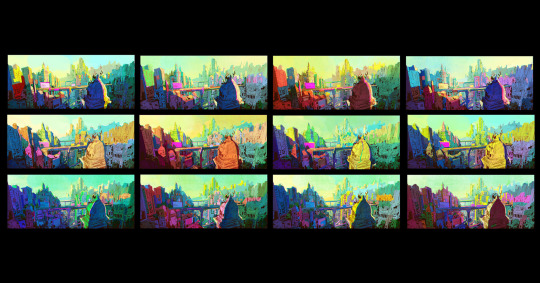
From @chenfelicia's concept and colour keys of Mumbattan
Don't be shy to really immerse in crazy descriptors - that's how you capture the liveliness of cities like Madurai and Mumbai and ultimately, their physical manifestations like Mumbattan.
Funny enough, movie posters and political banners and flyers are EVERYWHERE. They’re huge and take up entire billboards, or congregate along walls so it becomes practically a collage. It's impossible to ignore the image of "Makkal Selvan" Vijay Sethupathi about to beat some poor loser into a pulp with a stick, or the political parties roasting each other on paper with impressive photoshopped graphics.
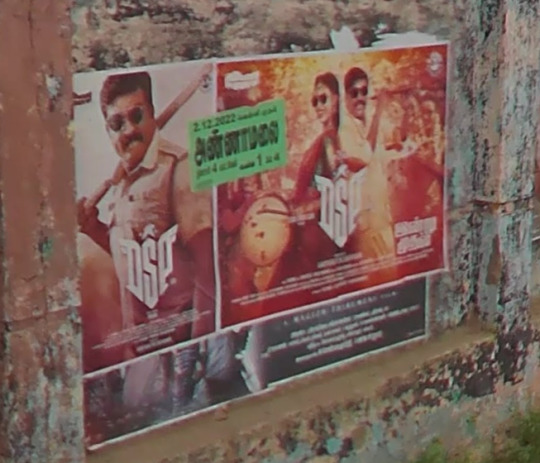

To tie in to the point about transport: there are hundreds of coffee stalls and snack shops and one-of-a-kind food stands. You can’t go 200 metres without running into one, either on the highway or in the city. I remember having jaggery coffee on my first night in India, and guys- it tasted so fucking good. I only wish I can transfer the taste to you. Absolutely splendid.
The climate in India is generally very humid and warm, but that doesn't mean we don't get cooler days; it is obviously cooler on winter nights. Also I've heard from many conflicting sources on India's seasonal weather (probably due to India's geograpghy), so you will have to talk to someone who is from India to really confirm. I've somewhat boiled it down to five seasons:
Summer - May-Jun; very hot (35-45ºC/95-113ºF), characterised by shrinking water bodies and droughts if there aren't any rainfalls; this time is good for plant growth/harvest if you've successfully managed water supplies
Monsoon - Jul-Aug; (34ºC/93ºF) very variable in terms of timing, characterised by torrential rains and floodings; the raining itself probably lodges somewhere in Jun-Sept but the aftereffects are felt long after the rains have stopped
Autumn - Sept-Nov; cooler but humid (25-35ºC/77-95ºF), and generally much drier since it transitions from autumn to winter
Winter - Dec-Feb; much colder, but the extent is dependent on geographic regions (20-25ºC/68-77ºF)
Spring - Mar-Apr; humid (33ºC/91ºF), sudden downpours, only occasionally do you get pleasant weather in this time
PEOPLE AND CULTURE
For some reason, there are still loud speakers blaring out music across the roads and as far as a few city blocks. I honestly thought that that had died out by the time my parents had graduated university, but it still seems like people like hearing music played at 120 decibels.
This is a complicated issue but people are not piss poor. Yes, India is a developing country, and yes there are slums and there are homeless and there are those who are stuck in a horrific sociocultural cycle, but people are rapidly getting into high-paying jobs at much higher rates than before. Overall, India is getting better; do us a favour and not have us be represented by the same poor struggle-riddled Indian stories that Hollywood and Western media is are fond of portraying.
@neptune432: One thing I think it's important to acknowledge though is how your experience in India changes depending on your caste. I feel like most of the indian voices talking online are savarna (I'm not an exception) so this doesn't get brought up as much. It's a complicated issue and one that I don't think non-indians (or savarna indians) should worry about tackling in their work, but it's worth saying because what's assumed to be everyday aspects of indian culture are actually specific to things like caste, class, and what region you're in.
ex: in kerala, there are also examples of people eating on banana leaf with lots of vegan food for special occasions (namely during onam). but veganism is heavily tied to brahmanism so most of these people will be savarna. even if they eat meat otherwise, the specific interest in eating vegan for special occassions has clear implications. Though many people of different castes eat meat, it's a practice that gets discriminated against, being treated as barbaric and unclean. this is because of brahmanism and is usually only strictly followed by brahmins. dalits/bahujan usually face the worse treatment for their eating traditions.
there's also the fact that hinduism is more of a recent term and a broad umbrella where many different gods and cultures have been put under (and usually done forcefully). a lot of local dieties and specific cultural practices come from outside the vedic traditions of aryans (upper caste north india), but now are treated almost as one thing. ex: kali is a south indian (dravidian) goddess who's still heavily worshipped there and who later got adapted to brahminical traditions. that's also why south indian practices of worship are different from the north and are discriminated against ex: north indians getting angry at the idea of worshipping kali by drinking alcohol and smoking even though it's an older tradition than theirs. these traditions are often connected to dalit/tribal cultures as well, which adds to why these traditions are attacked.
Now, I don't feel comfortable with non-indians writing about india in general but I feel it's important to mention these things cos most people don't even realize they're only getting shown certain perspectives. How many people don't even know they're a north/south divide, for example? People are fed narrow viewpoints on India and assume that's everything to know. it's a problem cos that's what the brahminical forces in india want. This is all very general info too and I'm no expert so it's worth more research (like reading what dalits have said on their experiences). I'm not trying to criticize you btw, I just wanted to add some things cos this has been on my mind for a long time now.
Couldn't have said it better myself, neptune!! (I barely mentioned it at all lmao) The caste system despite it being "abolished" still defines many traditions within India, and almost always in harmful ways. Like @summer-blues-stuff and I have mentioned in their post A culture post for the girlie pops under the Religion and caste section, it's best to leave the caste and social hierarchy alone even if you've done your research. That doesn't mean you shouldn't talk about it, it's just that people, especially those of non-South Asian decent, have to be extremely careful about it. Introductory resources on the caste system can be found on ABC, Pew Research and The Conversation.
Furthermore, the automatic assumption is that people living in shacks or remote villages have no access to greater populations and resources, which I'm happy to completely disprove. Guys: majority of the people living in my village, a rather remote village, have phones on them. Ranges from iPhones to Androids to good ol' Nokias.
(And, side note: as an Indian, I get amazingly pissed off when people's ringtones are set to maximum volume and play the same famous part of a famous song every time they get a call. Like shut the fuck up. At least quieten down? Please??)
(Also this might be a South Indian thing but Man some people are so entitled. Dudes you do not need to rub your ego into my face. Dudes you can, you know, keep all the cool things you think will get other people jealous out of the public eye. At this point I'm not jealous of what you Have, I'm pissed off at the Audacity To Think You Can Make Me Feel Bad About Myself With The Things That You Have).
Alright. Moving on.
Tiny temples and shrines are everywhere, dedicated to broad-Hinduism deities like Ganesh, Shakthi, or Vishnu; other times, they are shrines built for local deities that protect a particular village. For example, my village dedicated a little plot of water-logged land to a benevolent spirit called Subbamma, where people would leave offerings or place their sick/injured animals at the water's edge so that Subbamma could heal them. These tiny temples are almost always super colourful and amazingly detailed despite their small size


It could be a whole month before a celebration like Diwali but it’s the perfect time to set off hundreds of fireworks and firecrackers. People are just inconsiderate in many ways, it seems.
Some women wear strings of jasmine flowers in their hair. This might be completely regional-based, but most if not all women, ranging from little kids to old ladies, will wear these strings of jasmine in their hair. It's supposed to represent good fortune and beauty, and it smells wonderful.
@esrev-redips: #i usually only visit the north side of india (went to banglore and or chennai once) but im pretty sure most women in mumbai wouldnt wear #flowers in their hair unless they were of an older generation #they dont in new delhi at least and i t h i n k you can compare them but im not sure since i dont live in india either
Thank you esrev!!!!! glad to see an old hunch be confirmed!!!


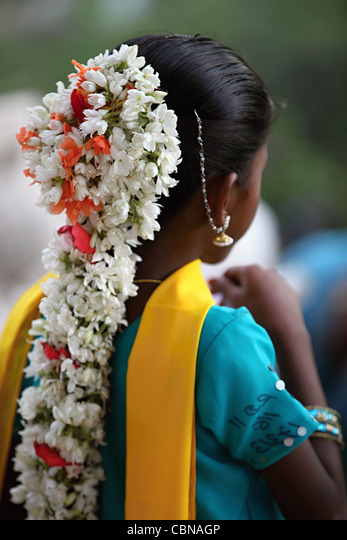
Normally you can wear any type of jasmine, but the common subtypes in Tamil Nadu are ஜாதிமல்லி (jathimalli; "Spanish jasmine"; left) and மல்லிப்பூ (mallipoo; right).


Eating food from a plate made from a banana leaf is more than just an aesthetic, and is often reserved for certain occasions; other times we eat from metal or ceramic plates. I can't vouch for other areas of India but I've been told the reason why banana leaves are predominantly used for large gatherings is because they can signal to diners if the food is rotten or has been poisoned; supposedly the leaf itself starts rotting and releases liquid, but I personally have never seen this happen. But of course, there are also other reasons as to why banana leaves are used (all of which are valid) ranging from being an eco-friendly disposable plate, offloading nutrients into food, or even to make the food taste better. Pick whichever reason you like.
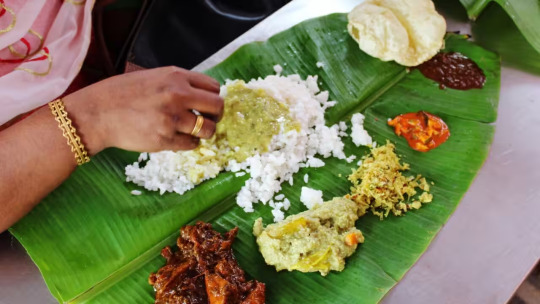
I'm literally so hungry looking at this. (Realises this is a Pavitr thing to say.) Anyway.
FOOD RECS!!!!!!
Reblog with your favourite foods >:) The list will be routinely updated...
JAGGERY COFFEE (from me) - GOOD FUCKING STUFF. ACTUALLY. if you see it.. GET IT IMMEDIATELY
PANI PURI (from @esrev-redips) - #also you forgot to mention the PANI PURI STANDS AHHHHHH YUMYUMYUM | RRRR YOU'RE SO RIGHT. PANI PURI FOR LIFE ACTUALLY.
JASUBEN PIZZA (from @the-witch-forever-lives) - okay this is specific to Ahmedabad | okay but as specific as it may be that sounds and looks delicious??? hello??????
DABELI (from @the-witch-forever-lives) - this too???? also it LOOKS wonderful i need it right now actually
VADA PAV (from @the-witch-forever-lives) - Also Vada pav from Mumbai is so one of a kind | you are absolutely correct. vada pav is truly something magnificent
I think that's about all I can give you right now. This took me a while to type out. Feel free to ask any questions, or if you have anything you would like to add on, like anything I might have glossed over or your favourite desi foods, please do!!! I'll be sure to reblog your addition and update the original post.
The point is that this post can become one of those few other reference posts that artists and writers and other creatives can use if they ever want to make anything related to India, because it's genuinely so cool to see your culture represented so well in popular modern media.
(And in fanfic and fandom. Especially in fanfic and fandom. you have no idea how many times I've gone insane reading a Pavitr-centric fic or reading comments on Pavitr-related posts and it's just outdated ideas and harmful stereotypes and all sorts of sick bullshit, and it's always to the point where I physically have to go outside and bite into a fresh rhizome in order to ground myself. Like damn, people, you need to know things before you start creating)
So uh, I hope this was helpful if not interesting! Happy early Diwali everyone! Knowledge-over-ignorance and all that; hopefully this post does that notion justice!
#pavitr prabhakar#wrote this solely because i wanted more atsv pavitr-centric fics and i need to get that specific immersed-in-india itch scratched#and also because the india i remembered decades ago is definitely not the india i visited last week#wow time flies doesn't it#spider man india#india#writing tips#o wise writer stuff#indian culture#south asian culture#spider man across the spider verse#atsv#across the spider verse#chaipunk#goldenpunk#cultural references#atsv pavitr#agnirambles
211 notes
·
View notes
Text

"Ah, done with college!"
Read here
#shambhavi#webtoon#college days#teenage days#indian teenage girl#south indian culture#simple stories#chudidhar#salwar kameez#indian outfits#indian clothing#indian girls#watercolor#comic strip#comics#manga
1 note
·
View note
Text
Tell me: Is He Gay or In a Sherwani?
Imposition of western norms in fandom analysis of Asian characters
With the rising popularity of Indian cinema sparked by the recent success of RRR on international platforms as well as the easy availability of multiple streaming services, in addition to the appearance of South Asian characters in prominent roles in western, particularly US media, I've begun to see some concerning 'analysis' posts online. So I thought I'd address something I found common in most of these takes.



Guys, characterizing your blorbos as queer is great and all, love it, but you're making a fundamental mistake by making their clothing choices the foundation for your queer headcanons, especially when it comes to male characters. Do not apply existing western cultural ideas regarding male clothing onto South Asian characters and their dressing please.
The vast majority of the clothes being used by people in various online spaces as 'evidence' of a character being queer(gay or bi mostly) are just normal Indian clothing for men, like daily wear. A top being pink or a character's wardrobe being mostly pastel means absolutely nothing...cos Indian clothing tends to be colourful in general and the tendency to ascribe colours masculine and feminine qualities is considerably less in the subcontinent. I'm not saying it doesn't exist, but generally not a concern.
There's also this pervasive idea that colourful clothing = flamboyance = queer and that itself is something many people have already pointed as a deeply flawed way of thinking and a stereotype. Furthermore, even if you do lean into the archetype of queer men being flamboyant, subscribing to the 'stereotypes exist for a reason don't they?' school of thought perhaps, there's also the fact that ideas of what is considered flamboyant change dramatically across different cultures. What is 'flamboyant' for someone might just be normal for others. Like maybe pink or purple or yellow might be considered too much, unmanly, emasculating etc in the US or something but they're just perfectly normal colours for men to wear in many, many cultures.
It's the 'Is he Gay or European?' principle. Did you characterize this Indian character (or any South Asian character really) as queer because of their canonical behaviour and portrayal, or did you just see their clothing and decide they're queer because being well groomed and having a colourful wardrobe is a character trait you exclusively ascribe to being queer?
Like guys, I like Chaipunk like the rest of you, but if you consider Pavitr queer just because his costume is a lot fancier than the others' (An actual take I've seen multiple times) without taking into account his cultural background....¯\_(ツ)_/¯
Let me make this clear, I don't think people need a ten page analysis to imagine their fave as queer. Headcanoning a character as queer can have any reason ranging from 'I said so and so it is' to 'this is my light character analysis that makes a masters thesis look shabby' and they're all valid and an integral part of the fandom experience. What I am annoyed at are these so-called 'well-researched' theories that did not make the slightest effort to look into South Asian culture and simply transposed their western bias onto Indian media and confidently make flat out wrong judgements and mislead other people. Clothing based sexual identity determinism is the least of it. That I can at least understand through the lens of a habitual process built through years of analyzing crumbs of queer representation available only through queer coded characters and symbolism such as clothing choices being the only way to see an aspect of yourself portrayed in an aggressively heteronormative media ecosystem. I do that too, because media is tragically heteronormative everywhere. But the rest? Its just straight up misinformation and misrepresentation touted as truth.
Its the same with relationships between men. There are plenty of cultures where skinship between men is not unusual and dynamics and nuances tend to be vastly different from western representations of male friendships. In xianxia and wuxia fandoms you can see this same problem in a different font when outsiders, most often the western side of the fandom, try to apply their own standards and morals onto the original work and try to interpret it through a lens it was never supposed to be interpreted through in the first place, except maybe for comparative analysis. This practice itself isn't a major problem, its natural for people to apply what is familiar to them to try and understand something new. But when this is also accompanied by them foisting their personal interpretation and analysis as the 'correct' one and trying to impose it on the fandom as a whole, it escalates into a powder keg situation as you can imagine.
Again, not saying that western parts of fandoms are the root of all evil or anything like that, gods know how toxic netizens can be. But in this specific situation, where people try to impose western ideals on to non-western content and assumes the universalism of their own principles and value systems? Indeed an issue to be addressed.
#ATSV#South Asian Characters#Desi characters#South Asian culture#Desi Culture#Fandom analysis#LGBTQ+#Brown culture#Spiderman: Across the Spiderverse#Pavitr Prabhakhar#Hobie Brown#Chaipunk#RRR#Miss Marvel#Tagging Miss Marvel and RRR only because they're in the intro-two pieces of media that are good examples of the increased attention-#on South Asian characters and Indian cinema#Not included in the body of the post except under umbrella terms like South Asian character/South Asian media & other such categories
232 notes
·
View notes
Text
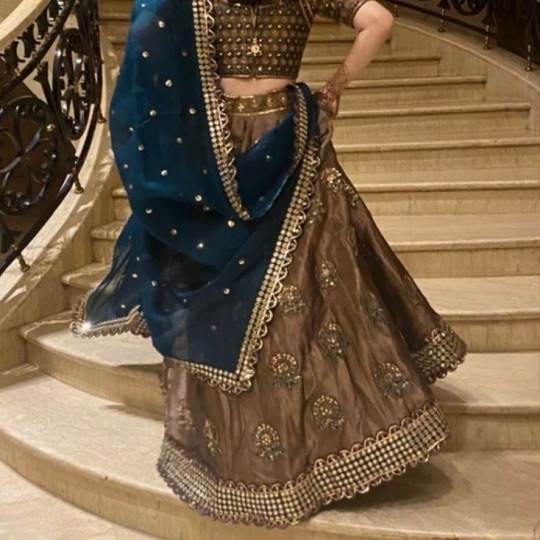
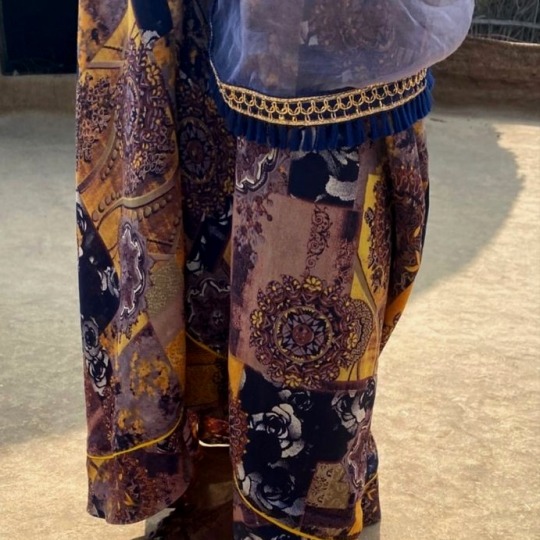
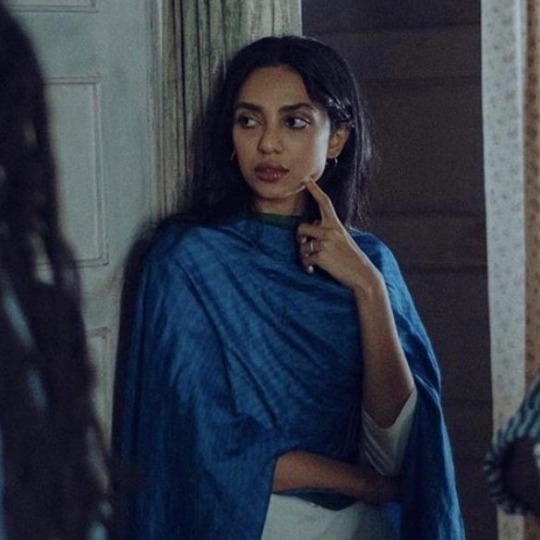
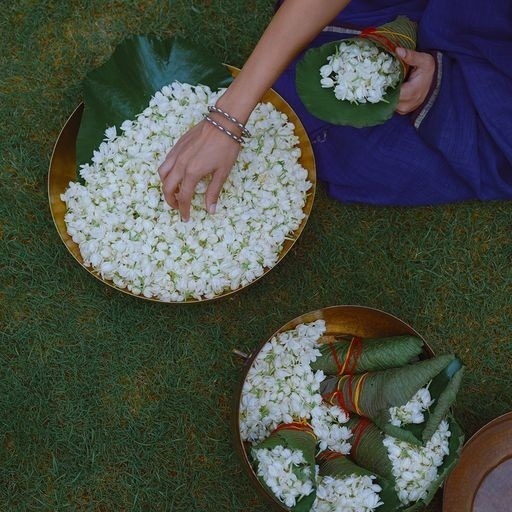


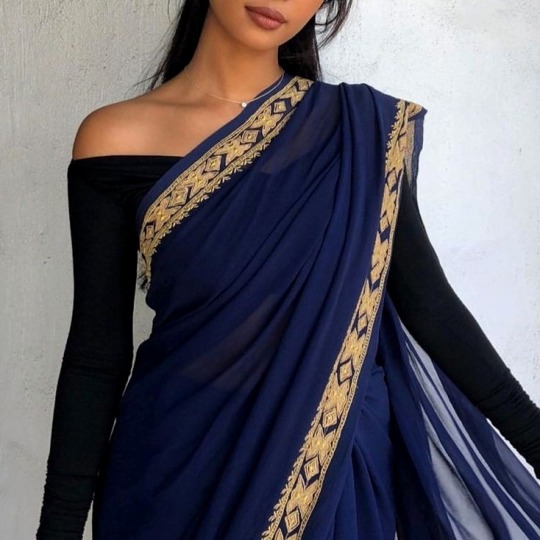
in the deep blue
#south asian moodboard#south asian aesthetic#desi <3#desi women#desi girl#desi tag#desiblr#desi tumblr#brown culture#brown women#blue aesthetic#dark blue#indian aesthetic#indian academia#royalcore
107 notes
·
View notes
Text
How desis should say I love you:
Ishq bhi tu mera pyar bhi tu
Meri baat zaat jazbaat bhi tu
Parwaaz bhi tu rooh-e-saaz bhi tu
Meri saans nabz aur hayaat bhi tu
<3
#desi academia#desi things#south asian#desi dark academia#desi memes#indian aesthetic#desi aesthetic#desiblr#desi tumblr#spotify#padmavati#sanjay leela bhansali#deepikapadukone#ranveer singh#shahid kapoor#padmavaat#wlw love#self love#desi culture
664 notes
·
View notes